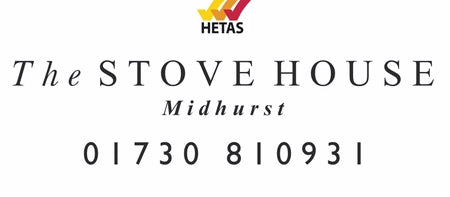Bioethanol Safety
We and the manufacturers of bioethanol products would like to advise all our clients who intend to purchase a fire and/or fuel to read and follow these instructions before use.
IMPORTANT: Biofuel fireplaces produce a REAL FLAME, requiring extra care and attention, understanding of the product, and strict following of the manufacturer's instructions and safety guides are essential. A CO alarm should be fitted in the room where you intend to use the fire and if sooting occurs, stop using immediately, open the windows and contact the manufacturer for advice.
Please visit the link here for: BIOETHANOL PURCHASE GUIDENCE - ROOM SIZE AND VENTILATION and detailed information on BIOETHANOL FUEL
Bioethanol Safety Advice
Straight from the manufacturers.....
Air Quality and Ventilation
Proper ventilation is crucial when using a bioethanol fireplace, as burning bioethanol produces carbon dioxide. Ensuring good airflow in the room is essential to prevent the buildup of carbon dioxide and maintain good air quality. This can be achieved by opening a window or using a ventilation system. It’s also recommended to use a bioethanol fireplace in a well-ventilated area, such as a living room or kitchen, rather than a small, enclosed space like a bedroom or bathroom. By taking these precautions, you can enjoy the benefits of your bioethanol fireplace while keeping your indoor air quality safe and healthy.
Bioethanol Fireplaces safety advice
Arada Installation and Safety Advice

